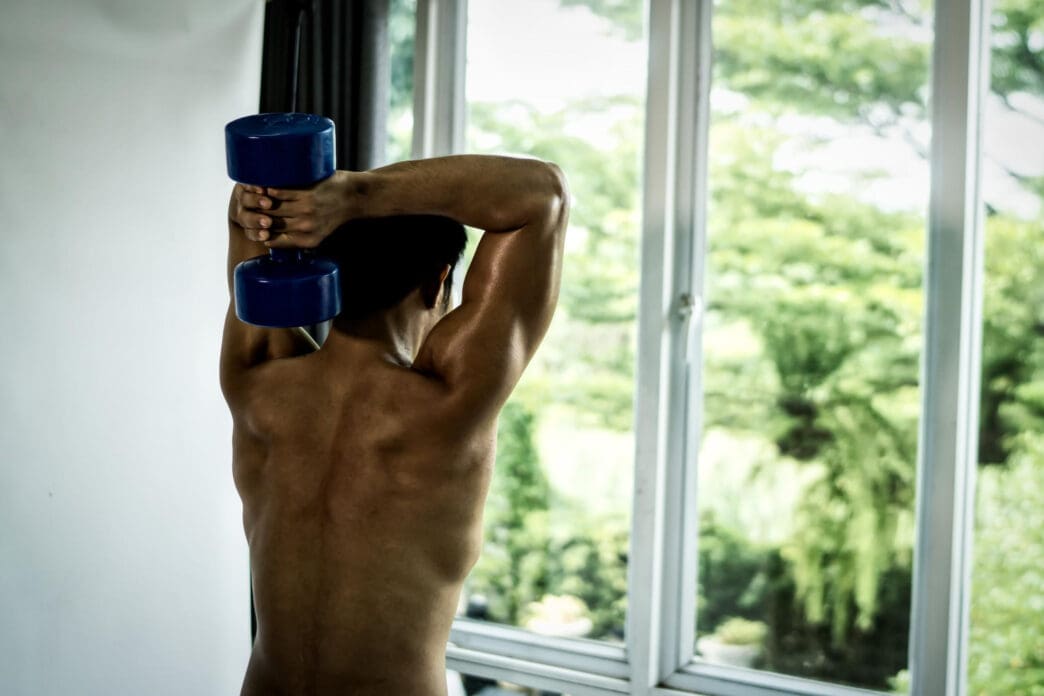A Quick Takeaway
The Story Behind the Trend
How to Make It Work for You
The Community View
Unlocking peak running performance in a vibrant city like Miami involves more than just logging miles; it critically depends on a strong, resilient upper body that supports efficient movement, enhances breathing mechanics, and prevents common running-related injuries. Every runner, from the casual jogger enjoying South Beach to the marathoner tackling the causeways, benefits immensely from incorporating targeted upper body strength training into their routine. This essential work, typically performed 2-3 times per week, builds the foundational stability and power needed to maintain optimal form, especially during longer distances or when fatigue sets in, directly translating to improved speed, endurance, and overall running economy.
Why Upper Body Strength is a Runner’s Secret Weapon
While running is often perceived as a lower-body dominant activity, the upper body plays a surprisingly pivotal role in propulsion, balance, and injury prevention. A strong core, back, and shoulders provide the stable platform from which the legs can generate power, preventing energy leaks and ensuring efficient force transfer. This stability also helps maintain an upright posture, crucial for open airways and effective oxygen uptake, especially under the relentless Miami sun.
Beyond stability, the arms and shoulders are integral to a runner’s stride. A powerful, coordinated arm swing drives momentum, counteracting the rotational forces generated by the legs and contributing significantly to forward motion. Without adequate upper body strength, runners often compensate with inefficient movements, leading to wasted energy, premature fatigue, and an increased risk of injuries like shoulder impingement or lower back pain.
Core Principles of Upper Body Training for Runners
For runners, the goal of upper body training isn’t to build massive bulk, but rather to cultivate functional strength, endurance, and stability. Focus should be on compound movements that engage multiple muscle groups, mimicking the integrated nature of running. Prioritize exercises that improve posture, strengthen the core, and enhance the arm swing, using controlled movements and appropriate resistance to build muscular endurance.
Consistency is more important than intensity. Regular, moderate training sessions will yield better long-term results than sporadic, intense workouts. Pay attention to proper form to maximize benefits and minimize injury risk, even if it means using lighter weights or fewer repetitions initially.
Essential Muscle Groups for Running Performance
To optimize running mechanics, specific upper body muscle groups require attention. Strengthening these areas directly impacts posture, breathing, and arm drive.
Shoulders and Upper Back
The deltoids, rhomboids, and trapezius muscles are crucial for maintaining an upright posture and facilitating an efficient arm swing. Strong shoulders prevent slouching, which can restrict lung capacity, while a robust upper back helps stabilize the shoulder blades, ensuring a smooth, powerful arm motion.
Lats and Lower Back
The latissimus dorsi (lats) are large back muscles that contribute to arm adduction and extension, vital for the backward phase of the arm swing. A strong lower back, often supported by a robust core, prevents excessive arching or rounding, protecting the spine and ensuring efficient energy transfer from the core to the limbs.
Core Muscles
While often discussed separately, the core is the bridge between the upper and lower body. Strong abdominal and oblique muscles, along with the deep stabilizers of the spine, provide the central stability necessary for powerful and controlled movement. A weak core leads to instability, energy leaks, and increased risk of injury.
Arms (Biceps and Triceps)
Though not the primary drivers, the biceps and triceps contribute to the controlled flexion and extension of the elbow during the arm swing. Muscular endurance in these areas helps maintain form when fatigue sets in, preventing sloppy arm movements that can disrupt overall running rhythm.
Top Upper Body Exercises for Runners
These exercises are selected for their functional benefits, targeting the key muscle groups runners need for peak performance.
Pushing Movements
Pushing exercises strengthen the chest, shoulders, and triceps, contributing to overall upper body balance and supporting an upright posture.
Push-Ups
The classic push-up is excellent for developing chest, shoulder, and tricep strength, while also engaging the core for stability. Perform with good form, keeping the body in a straight line from head to heels. Variations include incline push-ups (easier) or decline push-ups (harder).
Overhead Press (Dumbbells or Resistance Bands)
This exercise strengthens the shoulders and triceps, crucial for maintaining an upright posture and a strong arm drive. Use dumbbells or resistance bands, pressing the weight directly overhead with control, keeping the core engaged.
Pulling Movements
Pulling exercises are vital for strengthening the back muscles, which are often underdeveloped in runners. They improve posture and balance out the chest muscles.
Dumbbell Rows
Dumbbell rows target the lats and rhomboids, improving back strength and posture. Support one hand and knee on a bench, keeping the back flat, and pull the dumbbell up towards your hip, squeezing your shoulder blade.
Resistance Band Pull-Aparts
Excellent for strengthening the upper back and rear deltoids, these help counteract rounded shoulders. Hold a resistance band with both hands at shoulder width, then pull it apart by squeezing your shoulder blades together, keeping arms mostly straight.
Inverted Rows (Bodyweight)
Similar to pull-ups but more accessible, inverted rows build significant back and bicep strength. Lie under a sturdy bar, grab it with an overhand grip, and pull your chest towards the bar, keeping your body straight.
Core and Stability Exercises
A strong core is non-negotiable for runners, providing the central stability for all movement.
Plank Variations
Planks engage the entire core, strengthening the abdominal muscles, obliques, and lower back. Hold a straight line from head to heels, engaging your glutes and abs. Side planks are excellent for oblique strength.
Bird-Dog
This exercise improves core stability, balance, and coordination, specifically targeting the deep core muscles. From a hands-and-knees position, extend one arm forward and the opposite leg backward, maintaining a stable torso.
Russian Twists (Controlled)
Controlled Russian twists strengthen the obliques, crucial for rotational stability during running. Sit with bent knees, lean back slightly, and rotate your torso from side to side, optionally holding a light weight.
Integrating Upper Body Work into Your Training Schedule
For most runners, incorporating 2-3 upper body strength sessions per week is ideal. These can be performed on cross-training days, or after a run. If doing them after a run, ensure you still have enough energy to maintain good form. Start with 2-3 sets of 8-12 repetitions for each exercise, gradually increasing resistance or repetitions as strength improves.
Listen to your body and allow for adequate recovery. Proper nutrition and hydration are just as important as the training itself, especially when training in Miami’s humid climate.
Training Considerations for Runners in Miami
Miami’s unique climate, characterized by heat and high humidity, adds another layer to a runner’s training regimen. When performing upper body exercises, especially outdoors or in non-air-conditioned spaces, be mindful of hydration and electrolyte balance. Consider scheduling your workouts during cooler parts of the day, such as early mornings or late evenings. Many excellent indoor gyms and fitness studios across Miami offer air-conditioned environments, providing a comfortable setting for strength training without battling the elements.
Building a Resilient Runner’s Physique
Developing a strong upper body is an investment that pays dividends in every stride. By consistently incorporating these targeted exercises, runners in Miami and beyond can enhance their posture, improve breathing efficiency, boost arm drive, and significantly reduce their risk of injury. This holistic approach to fitness not only elevates performance but also contributes to a more sustainable and enjoyable running journey, allowing you to conquer every mile with greater ease and power.







